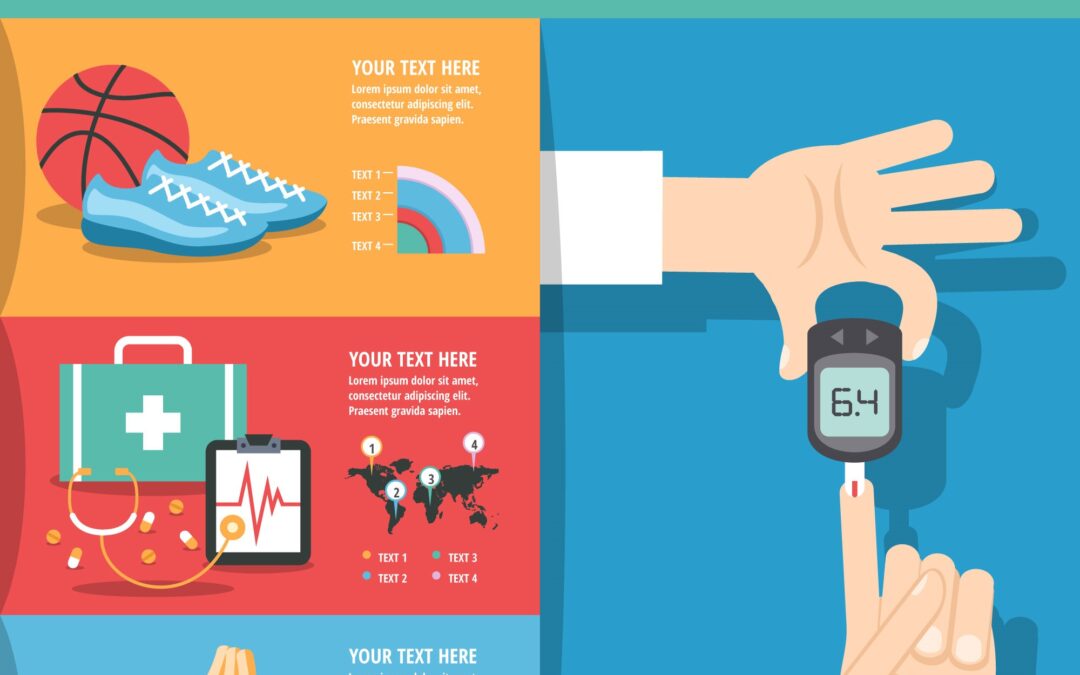Down Blood Sugar Immediately
When blood sugar levels spike, it is crucial to take measures that can bring them down immediately. One of the fastest ways to reduce blood sugar is through physical activity.
Engaging in moderate exercise, such as a brisk walk, can help muscles use glucose for energy, thereby lowering blood sugar levels. Another effective method is consuming insulin if you have been prescribed it by a healthcare provider.
Rapid-acting insulin can quickly lower blood sugar levels within minutes. Additionally, drinking water helps as it can dilute the amount of glucose in the blood, aiding in its removal through urine.
Consuming foods with a low glycemic index, such as vegetables and whole grains, in small portions can also help stabilize blood sugar. However, it is essential to monitor blood sugar levels closely and seek medical guidance to ensure they are managed safely and effectively.
What are the Fastest Ways to Reduce Blood Sugar Level?
When blood sugar levels are elevated, taking swift action is paramount to bringing them down to a safer range. Several methods can be employed for an immediate effect.
Exercise: Physical activity is one of the fastest ways to lower blood sugar. Activities like brisk walking, jogging, and aerobic exercises stimulate the body to use glucose for energy,
Thereby reducing the glucose level in the bloodstream. Exercise also increases insulin sensitivity, meaning cells are better able to use available insulin to take up glucose during and after activity.
Hydration: Drinking water can help to dilute the concentration of glucose in the blood. It encourages the kidneys to excrete excess glucose through urine.
This process can help moderate blood sugar levels more quickly.
Insulin Administration: For those who are prescribed insulin, taking a dose of rapid-acting insulin can help manage high blood sugar effectively.
This type of insulin works quickly to facilitate the uptake of glucose from the bloodstream into the cells, often lowering levels within minutes.
Dietary Choices: Consuming foods with a low glycemic index can help stabilize blood sugar without causing rapid spikes. Small portions of high-fiber foods, such as vegetables and grains, can moderate glucose absorption.
Monitoring: Regular monitoring using a glucometer is vital during these interventions to ensure that blood sugar levels are decreasing without dropping too low.
Adjustments can be made based on real-time data, and it is advisable to consult with healthcare professionals for personalized advice.
Taking prompt action with these approaches can help manage blood sugar spikes effectively and safely.
What are Different Exercises to Reduce Blood Sugar Level?
Exercise plays a crucial role in managing and reducing blood sugar levels. Different types of exercises offer unique benefits in regulating glucose, and incorporating a variety of them can maximize overall health outcomes.
Aerobic Exercise: Activities such as walking, jogging, cycling, and swimming can significantly lower blood sugar levels. Aerobic exercise increases heart rate and respiratory rate, causing the muscles to use more glucose for energy.
This continuous usage can help lower blood sugar levels during and after the activity. Aim for at least 30 minutes of moderate-intensity aerobic exercise most days of the week for optimal benefits.
Strength Training: Engaging in weight lifting or resistance training helps to build muscle mass, which enhances the body’s ability to store glucose in muscle cells.
Strength training can improve insulin sensitivity, allowing cells to use available glucose more efficiently. Incorporate strength training exercises at least two to three times a week.
High-Intensity Interval Training (HIIT): HIIT involves short bursts of intense exercise followed by periods of rest or lower-intensity exercise. This type of training can quickly and effectively lower blood sugar levels.
HIIT sessions tend to be shorter in duration but are powerful in increasing insulin sensitivity and glucose usage in the muscles.
Yoga: While not as intense as aerobic or HIIT exercises, yoga can still help manage blood sugar levels by reducing stress, which can affect glucose levels.
Yoga promotes relaxation and enhances overall well-being, making it a beneficial exercise for people with diabetes or those looking to regulate their blood sugar.
Flexibility and Balance Exercises: Activities like tai chi and stretching can improve overall fitness and reduce the risk of injuries.
While they may not directly lower blood sugar levels as quickly as aerobic or strength training exercises, they contribute to overall health and can be part of a balanced exercise regimen for blood sugar management.
Incorporating a mix of these exercises can provide comprehensive benefits for blood sugar control and overall health. It is essential to consult with healthcare professionals.
Before starting any new exercise program, especially for individuals with existing health conditions. Regular physical activity, combined with proper diet and medical management, can significantly enhance blood sugar control and quality of life.
